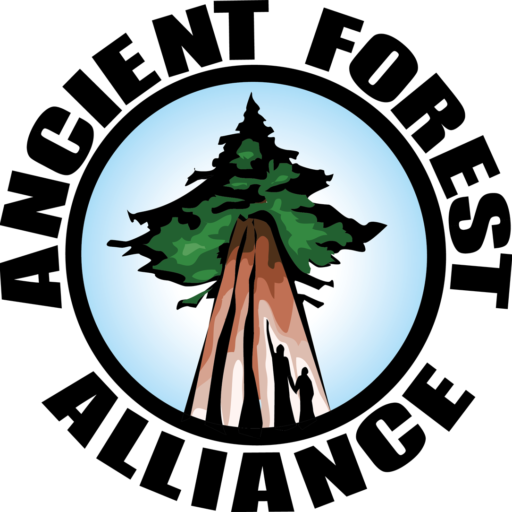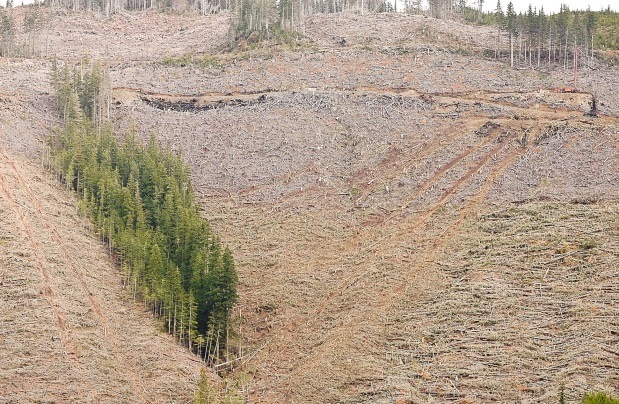
Port Aberni water fight has political implications
Back in 2013, a group of 23 organizations, foresters, scientists and local MLA Scott Fraser signed a letter expressing concern that 60 per cent of old growth – some designated by provincial scientists as critical winter range for deer and elk under the tree farm licence from which they were removed in 2004 — had been logged in the upper watershed. Old growth there also serves as a filtration system for the town’s high quality water.
“Logging on these steep old-growth slopes has a high potential to alter the quality and rate of water flow and the streams’ courses,” Fraser warned in a letter last October to the Managed Forest Council which oversees logging practice on private lands. Watershed cutblocks above China Creek “should never have been logged,” he said.
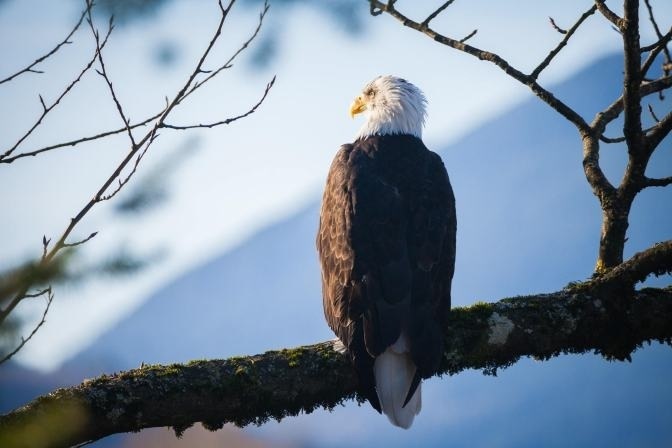
Clear-cutting threatens Echo Lake eagle colony (includes VIDEO and PHOTO GALLERY)
Every fall, hundreds of eagles descend upon the Fraser Valley to roost in the treetops surrounding Echo Lake. Experts say there is no other place like it in the world. “This is eagle central. It’s the place that if you want to protect the largest concentration of raptors on earth, this is just about it here,” says Ken Wu of Ancient Forest Alliance.... The fight continues to protect old-growth forest from logging. While the B.C. Government announcing 55 hectares were protected as old growth management areas, there are still 40 hectares that fall under a woodlot license.
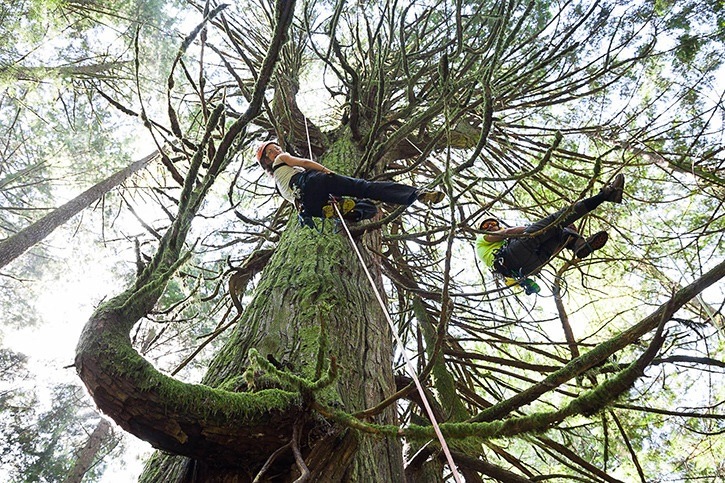
Echo Lake home to diverse and endangered species
“These biodiversity surveys show that protecting all of Echo Lake’s surrounding old-growth and mature forests is important not only for saving the largest night-roosting site for bald eagles on Earth, but also for a large diversity of other species, including many species at risk,” stated Ken Wu, Ancient Forest Alliance executive director. “And these new findings are just the tip of the iceberg from just a single weekend of surveys – future surveys will undoubtedly turn up much more. It further re-enforces the fact that it should be a no-brainer for the BC government to protect all of Echo Lake’s surrounding forests.”
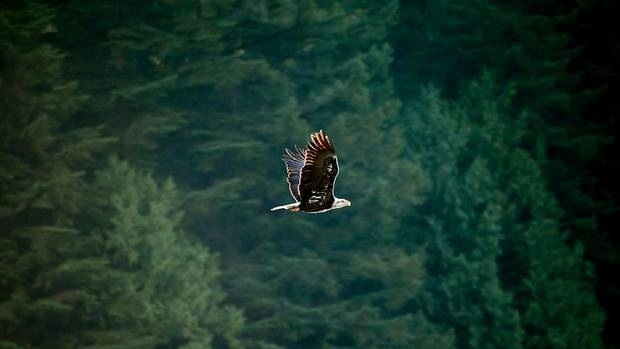
Race is on to save Fraser Valley’s bald eagles, Echo Lake old-growth forest
"Up to 700 bald eagles roost in a small grove of old-growth trees around Echo Lake in the Fraser Valley each fall. Does this sound like the kind of place that should be logged?...When salmon return to spawn, the eagles spend their days feasting on fish on the river banks, then, just as darkness descends, fly up to roost in the towering Douglas firs and cedars surrounding Echo Lake...Mr. Ben-Oliel, with support from the Ancient Forest Alliance, started a campaign in 2012 to save the Echo Lake forest. In 2013, the government protected 55 hectares – just over half the old-growth around the lake. But Mr. Ben-Oliel is horrified the plan still allows about 40 hectares of old growth and mature forest to be logged on the north and west sides of the lake."
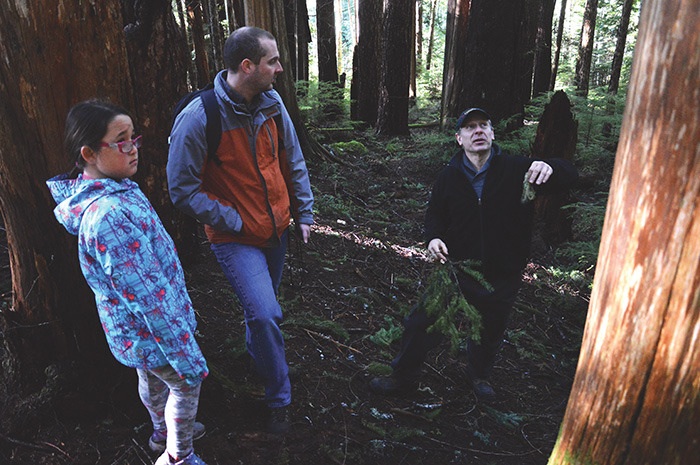
Environmentalists explain importance of old growth
The Port Alberni Watershed Forest Alliance has been relentless in their campaign to save the old-growth forests around Port Alberni, at McLaughlin Ridge, the Cameron Valley Ancient Forest, Horne Mountain (above Cathedral Grove) and Katlum Creek. Led by Jane Morden and a great local team, they are real forest heroes in this province!
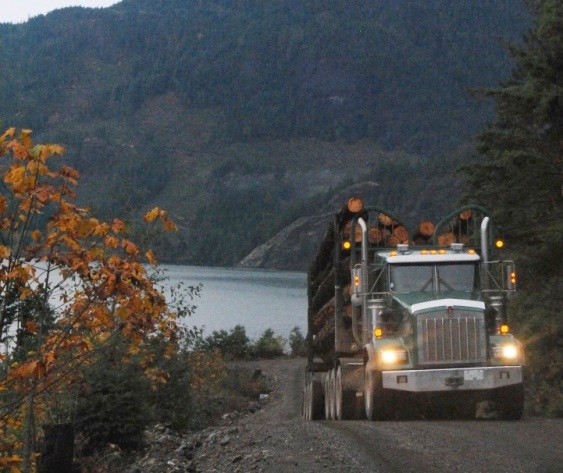
Comox Lake watershed logging under the microscope following boil water advisory
Logging company officials maintain harvesting increases in the Comox Lake watershed in recent decades had nothing to do with the extended boil water advisory in the Courtenay area. But as more severe storms wreck havoc on the ecosystem, which provides the drinking water for tens of thousands in the Comox Valley, a local conservation group says it's time to rethink forestry practices.
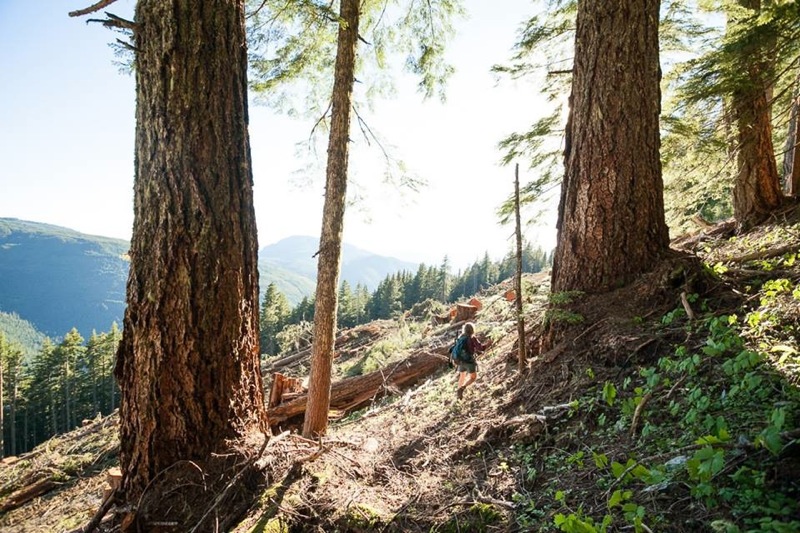
Company pressured to halt harvesting of old-growth within city’s watershed
Here's a new Alberni Valley Times article about the old-growth forests at McLaughlin Ridge, which conservationists are pushing the BC government to protect:
As logging continues in McLaughlin Ridge, the B.C. Teachers Federation voted to ask Island Timberlands to sell the forestry land it owns in the steeply sloped area. The motion passed Jan. 31 at a BCTF assembly of district representatives, urging the forestry company to sell McLaughlin Ridge to "an organization(s) that will conserve and preserve forest lands."
The old growth forest is within the China Creek watershed, the drinking water source for more than 20,000 people in Port Alberni and Beaver Creek. Ken Zydyk, president of the Alberni Teachers Union, said the request for Island Timberlands to divest the land was first approved by public educators in Port Alberni.
"There are many teachers concerned about the current practices of Island Timberlands," he said.
"Teachers are uncomfortable that we put some of our salary towards our pension, it's like a savings account that we access later," Zydyk said, adding that the concern was if teachers' funds are "being used in a socially responsible way."
The forestry company has met with municipal officials on almost a monthly basis since city council voted last August to join a lobbying effort to halt harvesting in McLaughlin Ridge.
This push is being led by the Watershed Forest Alliance, a local environmental group that fears the forestry activity is unsustainable, harming McLaughlin Ridge's wildlife and compromising Port Alberni's source of drinking water.
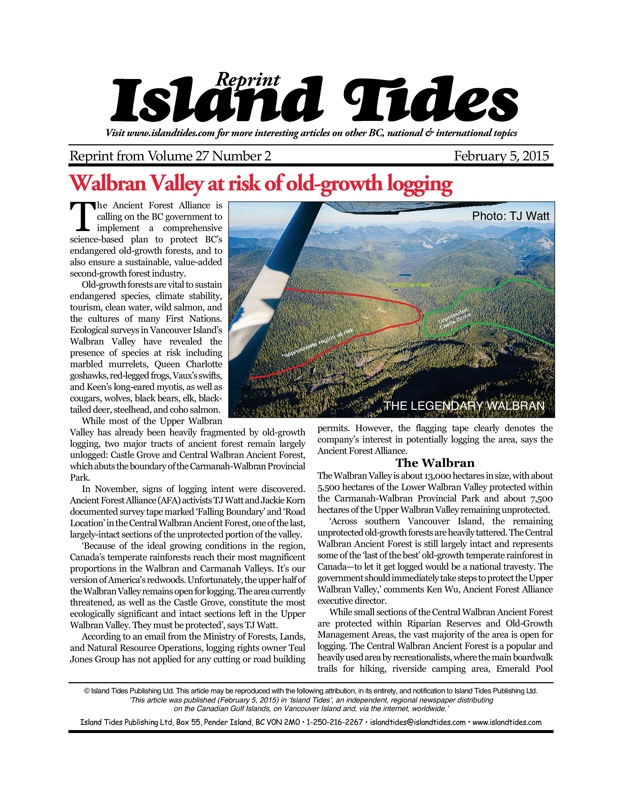
Walbran Valley at risk of old-growth logging
Here's a new article in the Island Tides about the Central Walbran Valley's ancient forest being flagged for potential logging.
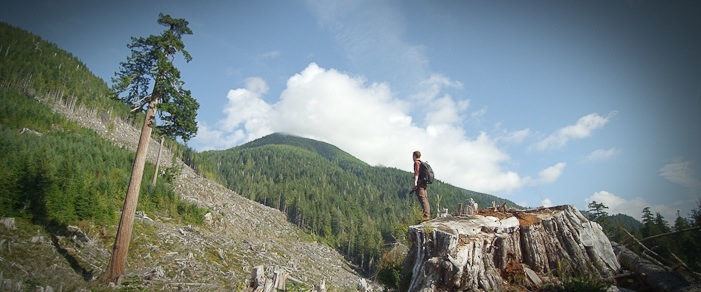
Saving Giants with the Ancient Forest Alliance
Mountain Life Magazine has just done a little piece on the Ancient Forest Alliance and filmmaker Darryl Augustine (of Roadside Films - see https://www.facebook.com/roadsidefilmsbc) about his experience working on a film about us.
You can see Darryl's great new film at: https://www.youtube.com/watch?v=Hg9dcc2WPjk

Alfred Cecil Carder Obituary
Here is the obituary of Dr. Al Carder, who passed away at 104 years in age recently. Dr. Carder leaves an impressive scientific and conservation legacy, having spent decades researching and promoting the conservation of BC's biggest old-growth trees years before the rise of the modern ancient forest movement. Dr. Carder recently received the Forest Sustainability Award from the Ancient Forest Alliance
